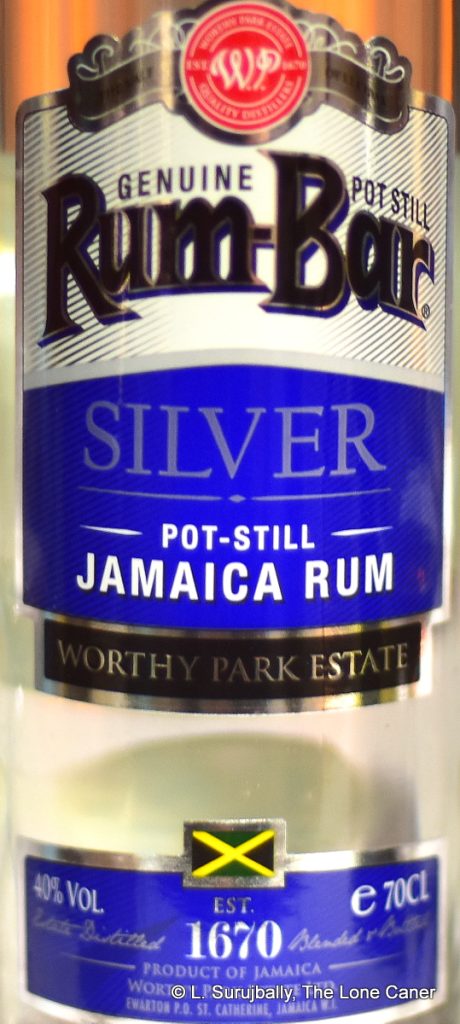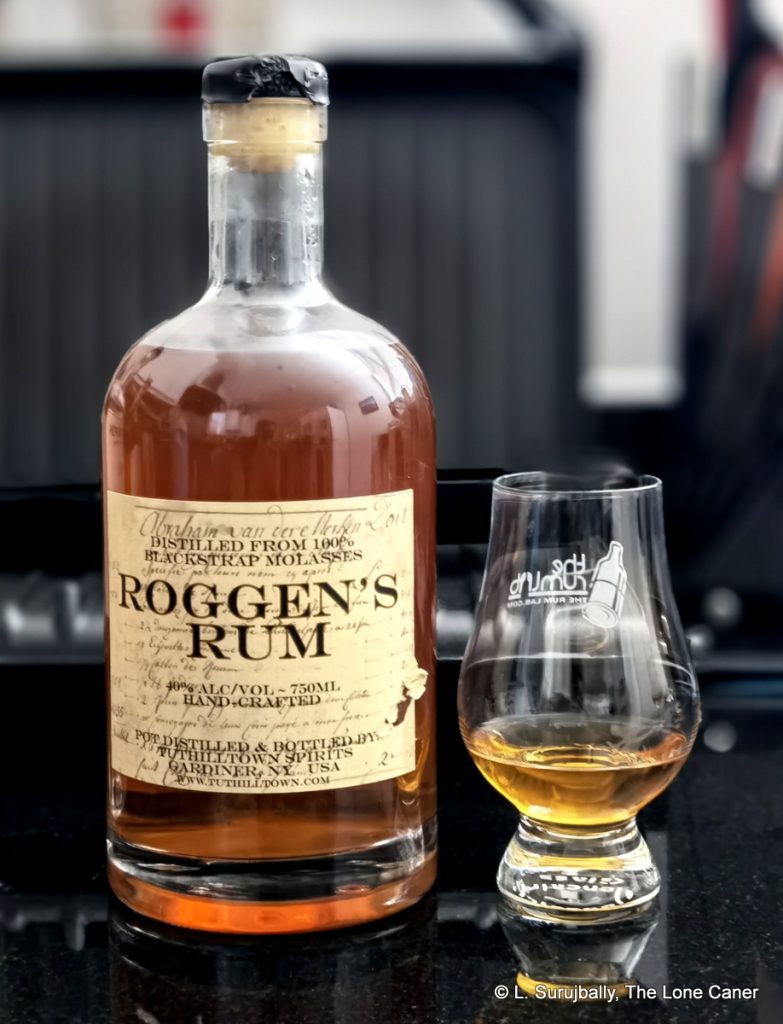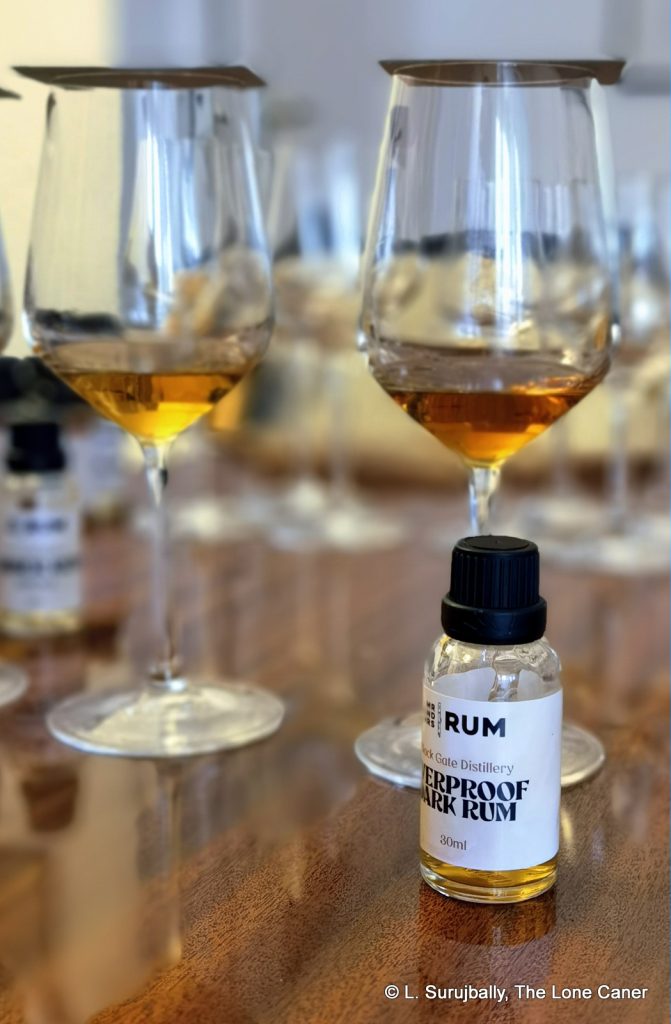This is the third review in the short series where we look at some rums released by the Taiwan based Renaissance Distillery, which were on display in a 2023 TWE Rumshow masterclass dedicated to the company. It should be noted that the company has issued scores of full proof single cask releases already, so at best this scratches the surface.
Although the little Renaissance Distillery on Taiwan was officially founded in 2017, many years of small-scale under-the-radar tinkering and experimentation preceded that. The husband and wife team of Linya Chiou and Olivier Caen started a small spirits import company on the island as far back as 2006, and by the early 2010s were looking around wondering why Taiwan, which had a subtropical climate (the south is actually tropical) and planted sugar cane, did not have a rum industry of any consequence.
The truth was that it did: but it was a remnant of the state monopoly which had only relaxed and allowed a market to develop after 2002; even so, licensing restrictions and the torpor of the bureaucracy made it difficult to think seriously about such a proposition, so Olivier sourced a short neck 500L locally made pot still, installed it on their property and started planting his own sugar cane. For the next four years he experimented ceaselessly and mostly at night with harvesting, juice, molasses, fermentation, distillation, making the cuts, checking the ageing, the whole nine yards – in fact the op was quasi-legal at best, an outright moonshinery at worst. The results and samples he shared around suggested he was on to something there and in 2017 the distillery formally opened and started commercial, licit operations.
 Output remained and continues to remain rather small, and most of what was released up to 2020 — about 17 barrels’ worth of production — was rum laid down pre-2017; however that by itself garnered attention and plaudits, notably that of David Broom in 2021 when he remarked on his blog “Remember how Kavalan blew people’s minds? Renaissance will do the same for rum.” So far, there have been perhaps sixty barrels released to June 2023, and the hallmark of the brand remains small batch, single cask, high proof rum, usually finished (or double aged) in casks of whatever seems to catch Olivier’s fancy that day. There are a few blends in the mix, but it’s these single cask bottlings that make the company’s name – high end, pricey and not easy to get.
Output remained and continues to remain rather small, and most of what was released up to 2020 — about 17 barrels’ worth of production — was rum laid down pre-2017; however that by itself garnered attention and plaudits, notably that of David Broom in 2021 when he remarked on his blog “Remember how Kavalan blew people’s minds? Renaissance will do the same for rum.” So far, there have been perhaps sixty barrels released to June 2023, and the hallmark of the brand remains small batch, single cask, high proof rum, usually finished (or double aged) in casks of whatever seems to catch Olivier’s fancy that day. There are a few blends in the mix, but it’s these single cask bottlings that make the company’s name – high end, pricey and not easy to get.
This 4 Year Old rum is no different. Distilled in 2018 (cask #18102 for the curious, because knowing the casks is actually something of a thing here), it is based on Taiwanese molasses fermented for 30 days, comes off the 1200L charentais pot still after a double pass. It was set to age in a limousin new oak barrel (350 liters, so somewhere between a barrique and a puncheon) for three years and then transferred into an ex cognac cask (Hennessy, I was told) for another year. Outturn 346 70cl bottles, at a solid, chest-thumping 64.4%.
The nose uses that strength to make grand gestures and bold statements, that’s for sure. It hits you hard and doesn’t say sorry. Initially it is the right side of too sharp, yet once the sensation is sorted out it’s more like a very clean, very crisp and very dry Riesling, redolent of sugar water, light red grapefruit (is there such a thing?), yellow mangoes and tart ripe green grapes. It needs time to open up – some water would help – and after a while releases additional pleasant notes of cinnamon and ginger cookies with a touch of unsweetened chocolate, and a sort of vanilla flavoured whipped cream.
For all the oomph the rum packs in its jock, it’s medium bodied and firm rather than wielding a sledge – though of course some caution should still be exercised…just because the texture is solid doesn’t mean there isn’t something more serious waiting to get you when your guard is down. The palate is sweet-ish and middle bodied – not thin, not heavy or thick, just sort of in between with a nice medium-dry mouthfeel. Still, tastes are somewhat (and surprisingly) subdued for something that spent a year making nice in a cognac cask: plums, raisins, vanilla, honey, the tartness of laban and kiwi fruits and papaya, a little grapefruit, a little allspice, a little cinnamon. The finish is completely serviceable, if not outstanding – a good summation of the preceding. One gets a last whiff of fruits and spices, some grapes, citrus, honey and even a twitch of licorice out of nowhere. It’s finishes well.
So, this is a really good rum that adheres to the style and profile the makers have established for themselves. It’s got that cognac vibe, the sprightliness of youth with a touch of the maturity that ageing brings, is strong, tasty and well assembled. Some may suggest it’s one of those cases where a little dilution might not have been a bad thing, which is a fair point, though I completely respect the decision to be consistent and bottle it as it is and let the consumers take their chances.
Because by not pandering to anyone’s tastes, what Renaissance has done is provided us with a young rum of what I presume to say is a rare calibre, one that takes on others aged five times longer and gives a good account of itself. It’s not the best rum they’ve made, of the six I’ve sampled – yet it solidifies an already impressive reputation for consistency of style and quality, and for those who venture forth to brave the high proof and crisply intense tastes, they will find little to dislike and much to enjoy.
(#1028)(85/100) ⭐⭐⭐½
The rums in this short series:
- 2018 2½ YO Taiwan Rum (Fino Cask) 62.5% – Cask #18260
- 2018 4 YO Taiwan Rum (Limousin Cask) 63.5% – Cask #18095
- 2019 3YO Taiwan Rum (Deuxieme Cru Classe) 64.7% – Cask #19145
- 2018 4 YO Taiwan Rum (Noble Rot STC) 64.0% – Cask #18089
- 2018 4 YO Taiwan Rum (Bas Armagnac) 63.2% – Cask #18035
- 2018 4 YO Taiwan Rum (Cognac) 64.4% – Cask #18102




 Since those early years Worthy Park has continued providing a fair amount of distillate for the use of third parties, while simultaneously developing their in house brands. These run the gamut from the entry level
Since those early years Worthy Park has continued providing a fair amount of distillate for the use of third parties, while simultaneously developing their in house brands. These run the gamut from the entry level 











































